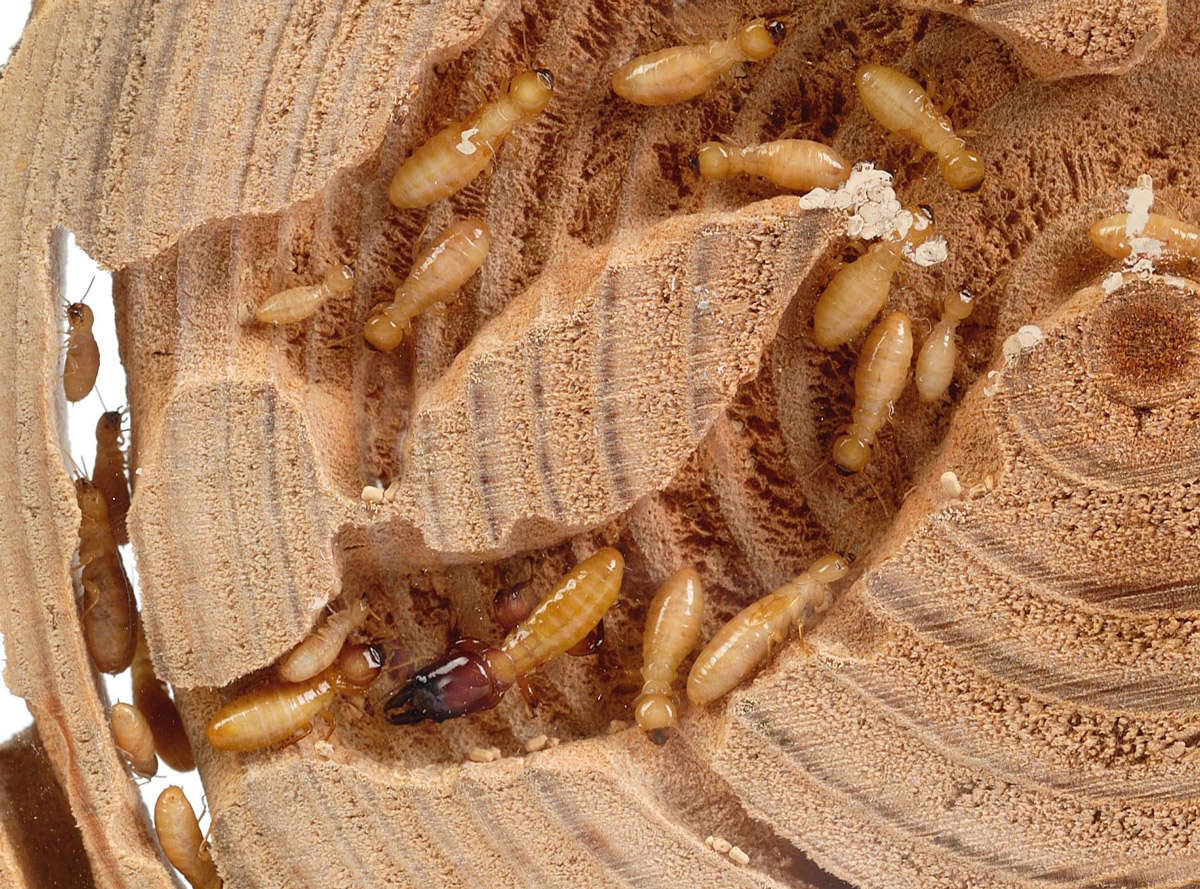The problem with termites is that you may not know you have an issue until it’s too late. Unfortunately, according to the Department of Public Works the average cost of repairing termite damage ranges from $18,000 to $60,000. That’s why it’s essential to get an expert survey done as soon as possible; you can find out more here.
Termite Habitats
Termites have needs, if your home fits these needs then it is more likely to be a target for them. That’s why it is essential to understand the optimal conditions for termites and to make sure that your home is not attractive:
•Warmth
Like so many creatures termites need warmth in order to stay alive, breed and create a colony. It is difficult to stop heating your home; however adequate ventilation under the building and in the walls will make it less attractive to termites.
-
Damp
This is one of the most critical ingredients for any termite home. Dampness gives them the moisture they need to survive and is likely to start the wood in your building decaying. This makes it especially attractive to them.
You need to ensure any leaks and surface water round your home are fixed and removed. This will create a dry base which is unattractive to the termites.
Although your focus may be on moisture at ground level you should be aware that clogged gutters can cause damp to build up at the base of your home as the water can’t go down the normal drainage channels. Keep them clear to minimize your risk.
-
Food
All creatures need food. Unfortunately the termite likes to eat wood. It is unlikely that you can build a home without any wood in it but you do need to minimize the wood and remove any that is damaged, rotting or even unnecessary.
It is worth noting that termites do not generally like wood that has been treated; the more of this you use in your home the better.
-
Darkness
Termites are not keen on the light, that’s why they generally burrow into the wood under your home. However, they have to get to your home and the easiest way of doing this is through a woodpile or damp mulch next to your home. If you remove these and make sure there is at least 10 inches of concrete round the edge of your home you’ll find the termites are much less likely to enter.
It is also worth being aware of your trees; a limb that touches your home makes a great entry point for termites; remove the offending limb as soon as possible.
Signs Of Termites
Knowing the signs of termites will help you to prevent your home from being attractive to these pests. It’s a good idea to find out more info and have an inspection undertaken.
This is especially true if you already have termites, the most obvious signs of this are:
- Flying termites; these are the ones leaving an established nest to create a new one. You may also find discarded wings at the new nest site.
- Clicking sounds in the walls; minimize the noise in your house and put your ear to the walls, you should be able to hear the worker termites eating!
- Presence of white ants; which are actually termites.
- Hollow timber; where it is being eaten.
- Warped frames for windows and doors. This is usually caused by moisture but can be caused by moisture from the termites.
- Wood with lots of small tunnel holes.




















